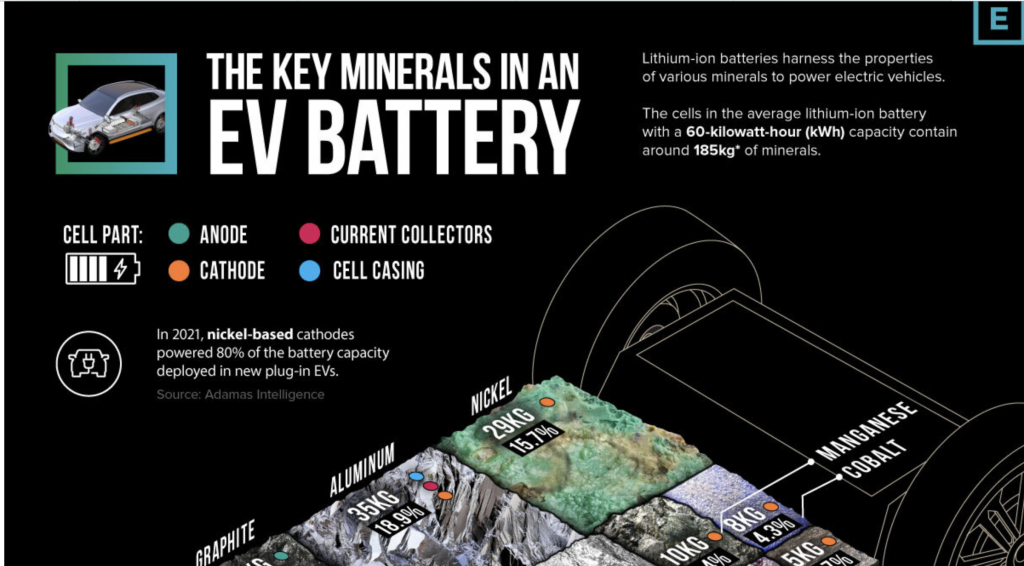In recent months, and in particular in the wake of the recently-passed congressional Inflation Reduction Act (IRA), we have seen a long overdue uptick in efforts to build out a secure North American critical minerals supply chain.
Not surprisingly, many of these efforts are focused on what ARPN has dubbed the “super-criticals” – the five battery materials, plus a sub-set of five rare earths required for permanent magnets (neodymium, praseodymium, dysprosium, terbium and samarium), which altogether comprise a group of 10 Criticals within the 50 Critical Minerals on the official U.S. Government list.
With the new sourcing requirements in the energy provisions of the Inflation Reduction Act mandating that to be eligible for the EV tax credits contained in the package, qualified cars must be assembled in North America, and adhere to “escalating levels of critical minerals to be sourced from the U.S. or a country with a free-trade agreement with the U.S,” car and battery makers are being forced to rethink their supply chains.
LG Energy Solutions’s (LGES) just-signed offtake agreement for the purchase of battery-grade lithium carbonate from U.S.-based Compass Minerals is a case in point for companies adapting to “recent regulatory changes and intensifying competition over key battery raw materials.”
The companies have entered into a six-year term agreement under which LGES would receive 40% of Compass Minerals’s anticipated annual production from its lithium brine development project located on the Great Salt Lake in Ogden, Utah.
With Compass Minerals having adopted a low-carbon profile for its operations — the company recently announced it will rely on Energy Source Minerals’s direct lithium extraction (DLE) technology to remove lithium with superior absorption and minimal environmental impact, using a solar evaporation process projected to produce significantly lower rates of greenhouse gas emissions — the partnership will tie into the overall push towards net zero carbon emissions.
As ARPN has frequently pointed out, the mineral intensity of the green energy transition dictates that the pathway to net zero carbon leads through the mining sector — which, thankfully, is ready to meet the challenge of striking a balance between modern mining practices and environmental protections.
In this context, the LGES and Compass Minerals partnership is another example of the mining sector harnessing advances in materials science and technology to do its part to sustainably green the future while securing critical mineral supply chains underpinning 21st Century technology.
For more examples of initiatives by mining companies to significantly reduce carbon emissions or even “close the loop,” take a look here, here and here.





